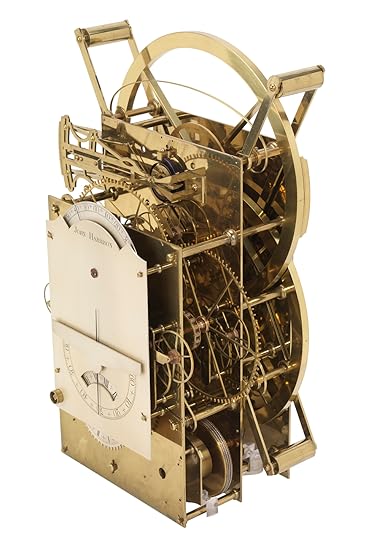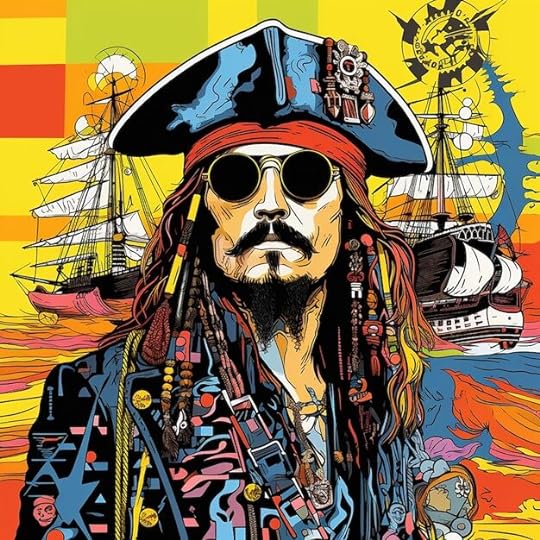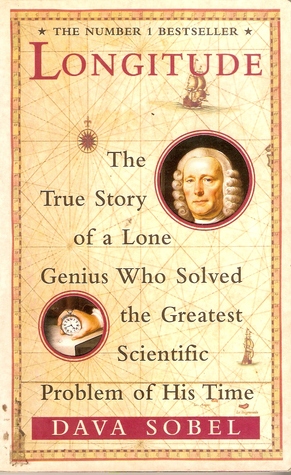What do you think?
Rate this book


184 pages, Hardcover
First published October 19, 1995
“One method is by a Watch to keep time exactly. But, by reason of the motion of the Ship, the Variation of Heat and Cold, Wet and Dry, and the Difference of Gravity in different Latitudes, such a watch hath not yet been made.”
“A good watch may serve to keep a reckoning at Sea for some days and to know the time of a celestial Observation; and for this end a good Jewel watch may suffice till a better sort of Watch can be found out. But when the Longitude at sea is once lost, it cannot be found again by any watch.”





"Harrison never learned to add or multiply. Yet, using little more than sticks, pendulums, and loops of gut, he'd found a way to calculate the new day's noon as soon as the old day's was over. A day's worth of those bits and pieces would eventually add up to the only quantity that meant anything at all to him: time."

"The British Parliament, in its famed Longitude Act of 1714, set the highest bounty of all, naming a prize equal to a king’s ransom (several million dollars in today’s currency) for a “Practicable and Useful” means of determining longitude.”